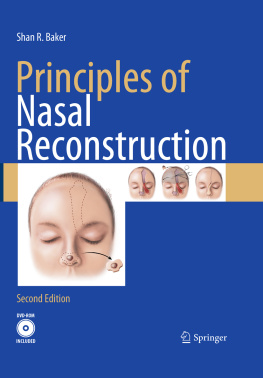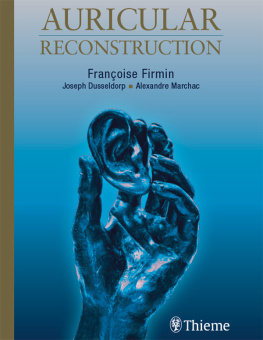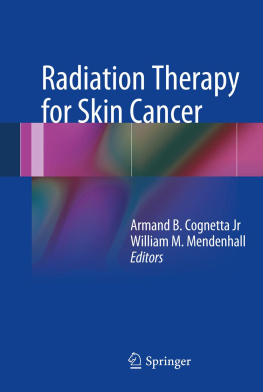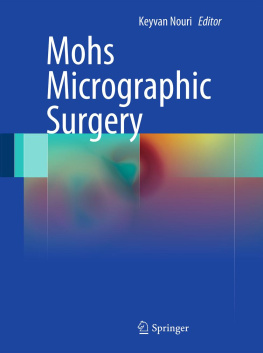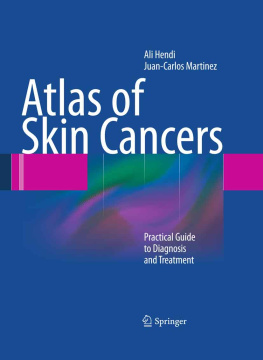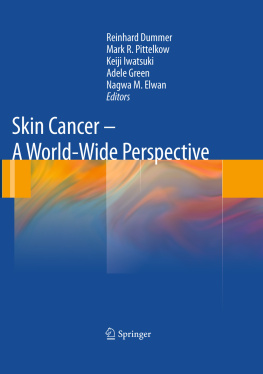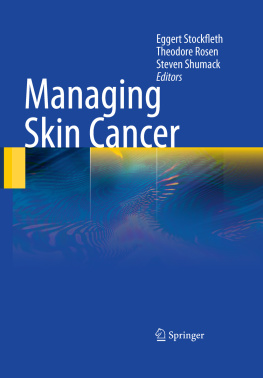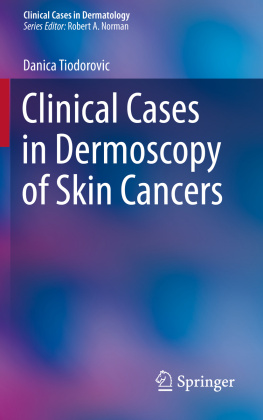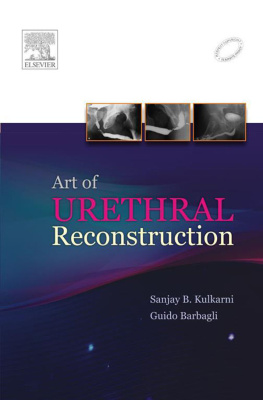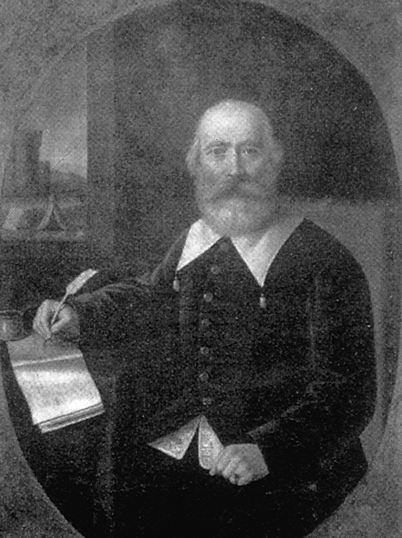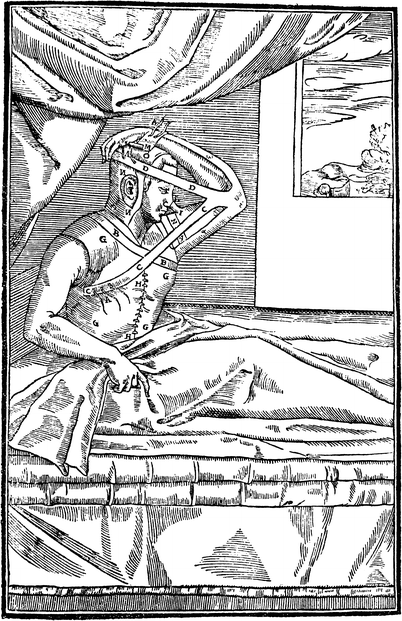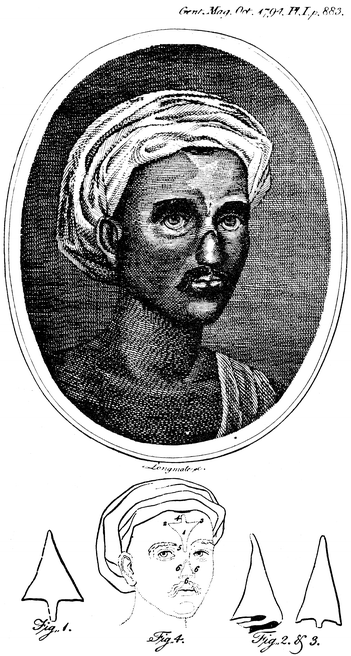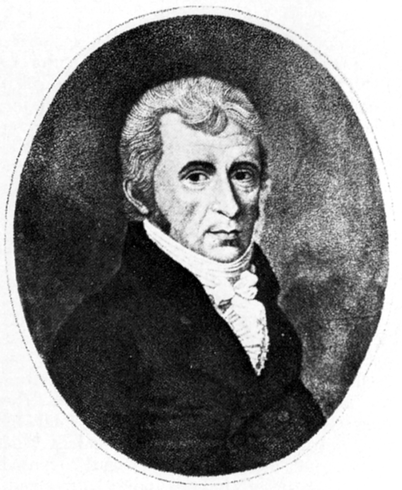Shan R. Baker Principles of Nasal Reconstruction 10.1007/978-0-387-89028-9_1 Springer Science+Business Media, LLC 2011
1. History of Nasal Reconstruction
Brian S. Jewett and Shan R. Baker 1
(1)
University of Michigan School of Medicine, Ann Arbor, MI, USA
Shan R. Baker Professor, Department of Otolaryngology Director, Center for Facial Plastic Surgery
Email:
Abstract
Injury and disfigurement of the nose have been well described. Nasal deformity has been attributed to self-infliction, mutilation as a form of punishment, and various disease states. The first recorded account of mutilation as a form of punishment was in 1500 BC when, in India, Prince Lakshmana deliberately amputated the nose of Lady Surpunakha. King Ravana arranged for the reconstruction of Lady Surpunakhas nose by his physicians, documenting one of the earliest accounts of nasal reconstruction.1 During the ninth century, Danes slit the noses of Irishmen who could not pay their taxes, and Sixtus Quintus of Rome mandated the amputation of the noses of thieves during the sixteenth century.
Injury and disfigurement of the nose have been well described. Nasal deformity has been attributed to self-infliction, mutilation as a form of punishment, and various disease states. The first recorded account of mutilation as a form of punishment was in 1500 BC when, in India, Prince Lakshmana deliberately amputated the nose of Lady Surpunakha. King Ravana arranged for the reconstruction of Lady Surpunakhas nose by his physicians, documenting one of the earliest accounts of nasal reconstruction.
The repair of nasal defects is the oldest form of facial reconstructive surgery,
Early Nasal Reconstruction
The earliest descriptions of total nasal reconstruction come from ancient India during the Vedic period, approximately 3000 BC.
The first European to record techniques of repairing defects of the nose, lips, and ears by using adjacent tissues was Celsus during the first century AD.
The Italian Method
In fourteenth century Italy, Branca de Branca performed a procedure similar to that described in Sushruta Samhita .
Alessandro Benedetti, professor of anatomy and surgery at Padua University in Italy, was the first to publish results using the Italian method (Fig. :
Fig. 1.1
Portrait Alessandro Benedetti, Legnago, Italy
At present ingenious men have indicated how to correct nasal deformities. Their method consists in cutting a little piece of flesh from the patients arm, in the shape of a nose and applying it to the stump. For this they cut the top layer of skin on the arm with a scalpel. Having made a scarification in the nose, if this is needed, or if the nose has been recently cut off, they bind the arm to the head, so that raw surface adheres to raw surface. When the wounds have conglutinated together they take from the arm with a scalpel as much as is needed for the restoration. Blood vessels of the nose supply nourishment to the flap, and finally a covering is obtained, with hairs sometimes growing there after the nature of the arm.
More than 100 years later, in 1597, Tagliacozzi published De Curtorum Chirurgia per Insitionem , which described in detail the Italian method of nasal reconstruction (Fig.
Fig. 1.2
The Italian Method. (From Nichter et al.)
The Indian Method
The origin of using a forehead flap for nasal reconstruction is unclear in history, but the procedure has been performed since 1440 AD by the Mahrattas of Kumar, some Nepalese families, and the Kanghiara family of Kangra, India. The procedure was practiced in secrecy, shared among family members, and it became known as the Indian method.
The first account of the midline forehead flap is found in the Madras Gazette , a journal published in Bombay during the 1700s. The article was later reproduced in English in Londons Gentlemans Magazine (1794), and it fostered the renaissance of nasal reconstructive surgery in Europe.). The operation was described as follows:
Fig. 1.3
English bullock driver after total nasal reconstruction, as shown in Letter to Editor, Londons Gentlemans Magazine , 1794. (From Nichter et al.)
A thin plate of wax is fitted to the stump of the nose, so as to make it a nose of good appearance. It is then flattened and laid on the forehead. A line is drawn around the wax, and the operator then dissects off as much skin as it covered, leaving undivided a small slit between the eyes. This slit preserves the circulation until a union has taken place between the new and old parts. Skin is now brought down from the forehead and, being twisted half round, its edge is inserted into the incision, so that a nose is formed with a double hold above, and with its alae and septum below fixed in the incision. A little Terra Japonica is softened with water, and being spread on slips of cloth, five or six of these are placed over each other, to secure the joining. No other dressing but this cement is used for four days. The connecting slips of skin are divided about the twenty-fifth day. The artificial nose is secure and looks nearly as well as the natural one; nor is the scar on the forehead very observable after a length of time.
The English surgeon Carpue learned the procedure and published a book in 1816 called An Account of Two Successful Operations for Restoring a Lost Nose from Integuments of the Forehead . His detailed description states that the procedure was performed with an old razor, and lasted about an hour and a half (Fig.
Fig. 1.4
Joseph Carpue (17641840), the first European to perform the Indian method of nasal reconstruction. (From Nichter et al.)
Internal Lining
As the use of the midline forehead flap became more widespread, it became apparent that the results of reconstructing full-thickness defects without supplying an internal lining were poor. The shape of the nose often became distorted because the skin flap used for reconstruction contracted during the healing process. This was due to the exposed undersurface of the flap. Suggested sources for internal lining when reconstructing full thickness nasal defects includes skin grafts, nasal mucosa, local flaps, and folding the forehead flap on itself.
During the nineteenth century, Ernst Blasius, chief of ophthalmologic surgery of Berlin, Johann Friedereich Dieffenback, chief of surgery at Munich Hospital, and Natale Petrali of Milan advocated folding the midline forehead flap on itself to provide both external coverage and internal lining. All three surgeons claimed precedence in succeeding with this method of total nasal reconstruction. Based on the date of the first operation to use a folded forehead flap for total nasal reconstruction, the honor goes to Blasius, who performed the procedure in 1838 (Fig.

